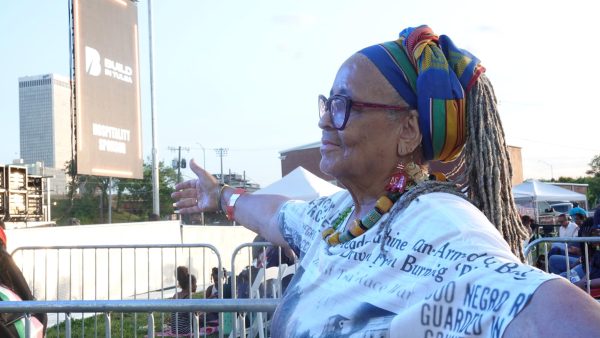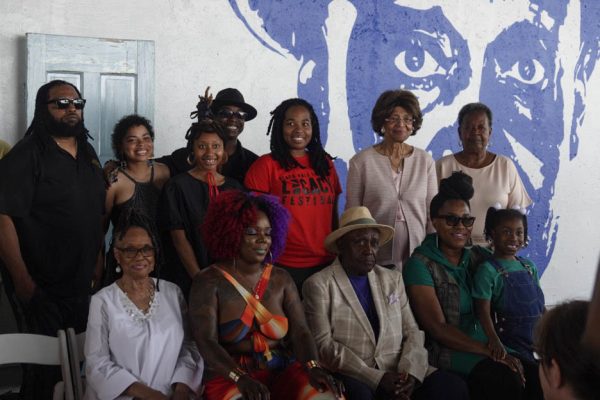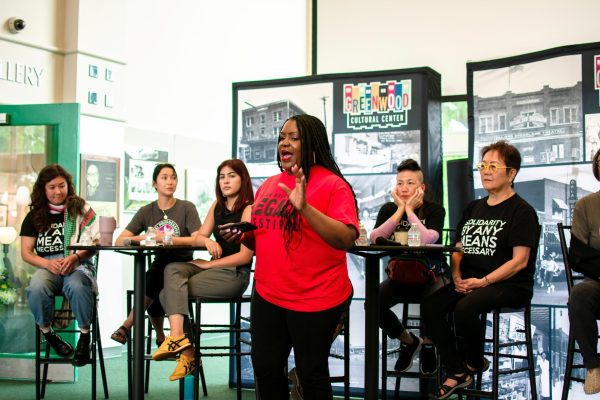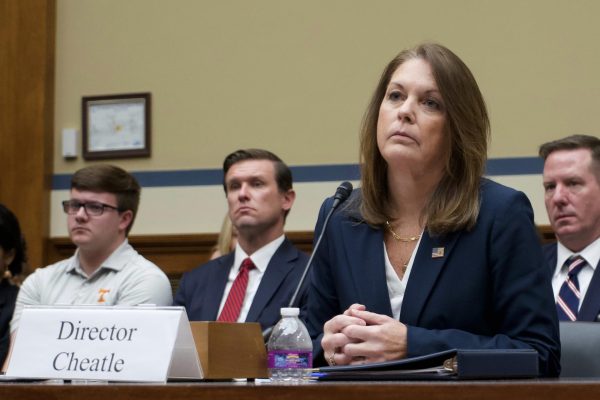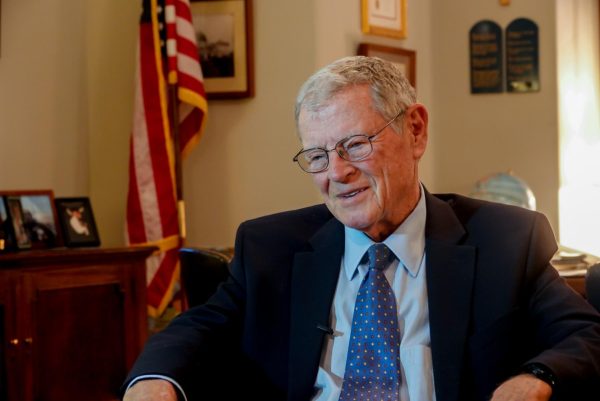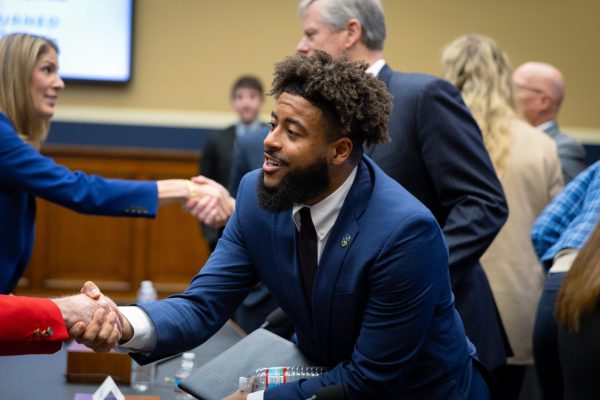National Network to End Domestic Violence seeks to improve justice system

In the United States alone, domestic violence impacts more than 10 million people every year. Organizations such as the National Network to End Domestic Violence are working to educate the public on how to recognize red flags and seek ways to improve the criminal justice system. (Provided)
In the United States alone, domestic violence impacts more than 10 million people every year. Organizations such as the National Network to End Domestic Violence are working to educate the public on how to recognize red flags and seek ways to improve the criminal justice system.
Beth Meeks, director of Capacity Technical Assistance at the National Network to End Domestic Violence, dives into the conversation by acknowledging the use of technology in abusive atmospheres.
“There are some abusers who would say to you ‘I don’t ever go with her anywhere’ — well, you don’t have to because you’re tech-savvy and you’re tracking everywhere she goes on her phone, on her Facebook [and] check-ins,” Meeks said.
Meeks says the evolution of technology and social media over the years has been a breeding ground for domestic violence offenders to manipulate victims by monitoring, stalking and fueling the offender’s insecurities.
“If this is a person who is insecure about your looks, how you wear your hair, how you wear clothes, those are signs that you know things are not moving in a healthy direction,” Meeks said.
That is one of the signs survivor Ally Stephens noticed first.
“He would just call me ugly sometimes, just out of random,” Stephens said.
Stephens survived horrific domestic abuse by her ex-boyfriend, Gage Ford, in October of 2020 and is now using her voice to help others recognize signs of domestic violence. She currently works with a women’s center and travels to schools to speak on the topic she now knows awfully well. But Stephens and Meeks both say the justice system that handles domestic violence cases isn’t perfect.
Many women “have reached out to some portion of the system, and frankly, the system has been inactive,” Meeks said.
Her solution? Pay attention to the people being voted into local offices.
“For many many years domestic violence has been a really strong bipartisan issue,” Meeks said.
Meeks said voters need to be more conscious about politicians as people than as a member of a particular political party.
“The FVPSA (Family Violence Prevention and Services Act) legislation [being voted on] for reauthorization was created by a Republican from Alaska and on the other hand, the Violence Against Women Act was written by Joe Biden,” Meeks said. “So it doesn’t matter if they’re a Democrat or a Republican, know them as a person. Look at their voting record. If you’re not sure what their voting record is … then call your state Domestic Violence Coalition.”
Meeks said calling state and local representatives can be a big step in pushing for a better system surrounding domestic violence. The National Network to End Domestic Violence has a list on its website of each state’s domestic violence coalition for the legislators they’re working with, so voters can call on local legislators to make changes in the justice system.
Meeks said she and other women want stiffer sentences to come from judges, fewer opportunities for offenders to be released on bail and more education about the topic so officers involved in arrests take victims seriously.
If you or someone you know is experiencing domestic violence, the 24-hour National Domestic Violence Hotline is 1-800-799-SAFE (7233). The national service can also be reached through text by texting “START” to 88788. Survivors can choose to remain anonymous while contacting the hotline.
Gaylord News is a Washington-based reporting project of the University of Oklahoma Gaylord College of Journalism and Mass Communication. For more stories from Gaylord News visit gaylordnews.net.

[email protected]
https://twitter.com/ZARIAOATESTV
https://www.linkedin.com/in/zaria-oates-864241178

